|
By Megan Seed, Outreach Technician, Adopt-A-Pond, Toronto Zoo Snakes have a stigma associated with them that they can't seem to ssshake! On World Snake Day, let's break the stigma and help the world see snakes as the fascinating animals that they are! Ontario snakes range in size, with some reaching up to 183 centimeters, like the gray ratsnake, and others as small as 20 centimeters, like the northern red-bellied snake. If you believe that snakes are slimy, dangerous, and mean animals, getting to know Ontario's snakes may change your mind!
Some snakes will even mimic scale patterns, such as the eastern foxsnake, which mimics the colours and pattern of the eastern Massasauga rattlesnake. Another neat defense mechinism can be seen in the dramatic displays of the eastern hognose snake, which, when threatened, will play dead! Snakes are vital animals to many ecosystems; however, due to humans, snakes are at risk of extinction. Across Ontario, snake species are losing important habitats due to intensive development. This development destroys habitats and leads to habitat fragmentation, which impacts the viability of what little habitat is left. This development also increases the risk of road mortality; as the number of road networks and volume of traffic increases. Along with development, snakes are also often killed by humans out of fear. Therefore, it's crucial to break the stigma and protect our native snake species and their habitats. One of the most misunderstood snakes in Ontario is the Massasauga rattlesnake, as they are the only venomous snake in Ontario. Rattlesnakes get their name from the rattle at the end of their tail, which they use to warn predators or other animals to leave them alone. Rattlesnakes rely on their venom to kill and eat their prey, which are animals like small rodents. If a snake uses its venom on a predator, the snake now cannot eat until the venom is replenished. For this reason, snakes only inject venom as a defense mechanism as an absolute last resort! The snake will do everything else first, whether it be attempt to flee or rattle its tail, to stay safe. In Ontario, rattlesnakes live along the Great Lakes and never stray too far from water bodies; because the Great Lakes provide an abundance of ideal habitats such as wetlands, grasslands and rock barren. Due to their reliance on the Great Lakes, Anishnaabe communities named rattlesnakes “great river mouth" or "Massasauga”. Within Indigenous communities, the Massasauga rattlesnake has played many vital roles; believed to be a natural protector, only using its rattle and venom to remind all species to care for the environment. Along with being a protector, Massasauga rattlesnakes are also a healer, as many traditional medical ceremonies teach. Traditionally, Massasauga rattlesnakes are peaceful animals that protect the ecosystem, but due to fear and stigma, they have become an endangered species that requires your help. Several outstanding programs strive to educate, protect and enhance the environment to preserve Ontario snakes. One of these programs is the Toronto Zoos Adopt-A-Pond Program, which regularly monitors local snake populations, provides outreach to community members that educate on different species, and cleans up native habitats to protect snakes across Ontario. However, these programs need your help to ensure the safety of all snakes! Easy steps you can take to protect our native snake species include:
Despite popular belief, snakes are amazing animals and crucial for a healthy ecosystem. Together let's ssstop the ssstigma and protect our native snakes! References:
Ontario Nature. (2022, May 17). Massasauga. Ontario Nature. https://ontarionature.org/programs/community-science/reptile-amphibian-atlas/massasauga/ Ontario Parks. (2022, April 8). Living with Zhiishiigweg (massasauga rattlesnake): An anishinaabek perspective. Parks Blog. https://www.ontarioparks.com/parksblog/zhiishiigweg-massasauga-rattlesnake/#:~:text=%E2%80%9CThe%20rattlesnake%20has%20another%20vital,would%20ask%20for%20a%20cure. Walker, W. (2006) Eastern Hognose Snake (Heterodon platirhinos) [Photograph]. Flicker. https://www.flickr.com/photos/63833381@N08/6074848369
0 Comments
Leave a Reply. |
AuthorWrite something about yourself. No need to be fancy, just an overview. Archives
July 2024
Categories |
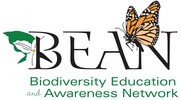

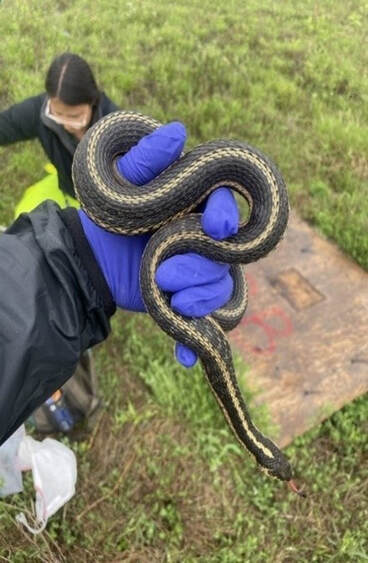
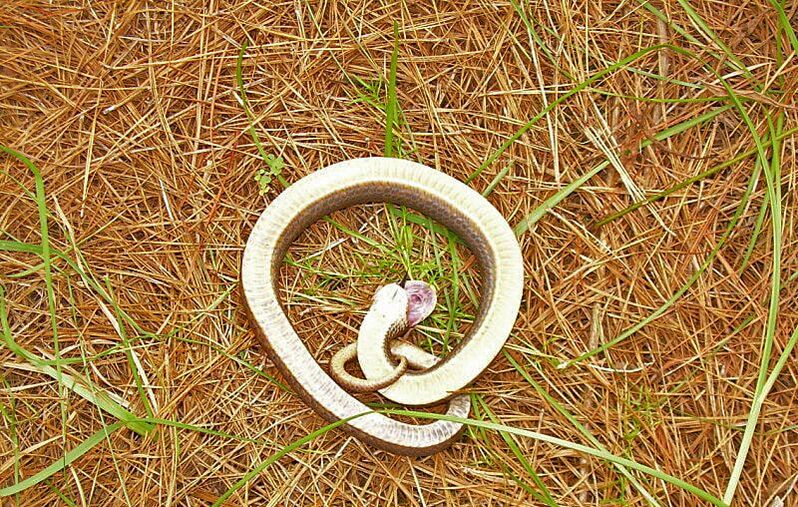
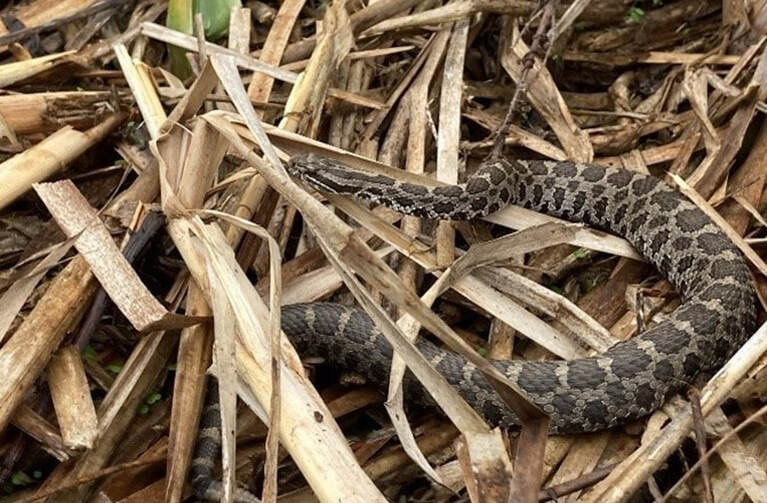

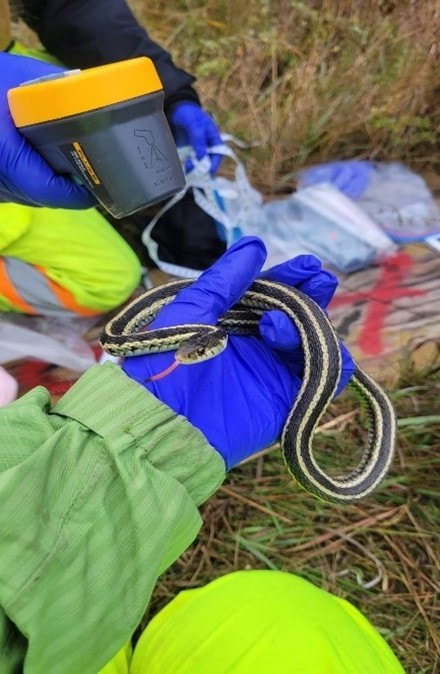
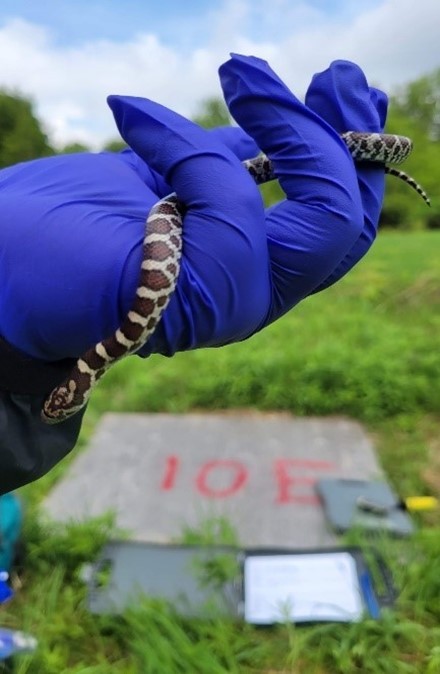
 RSS Feed
RSS Feed
